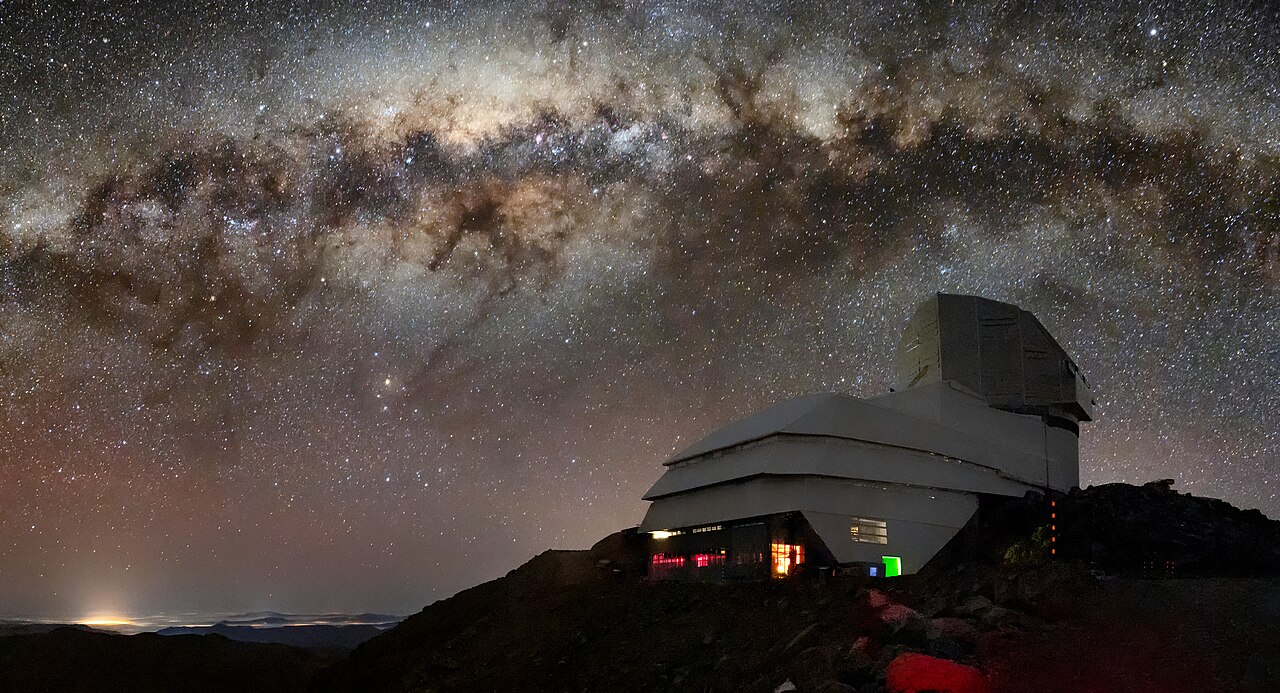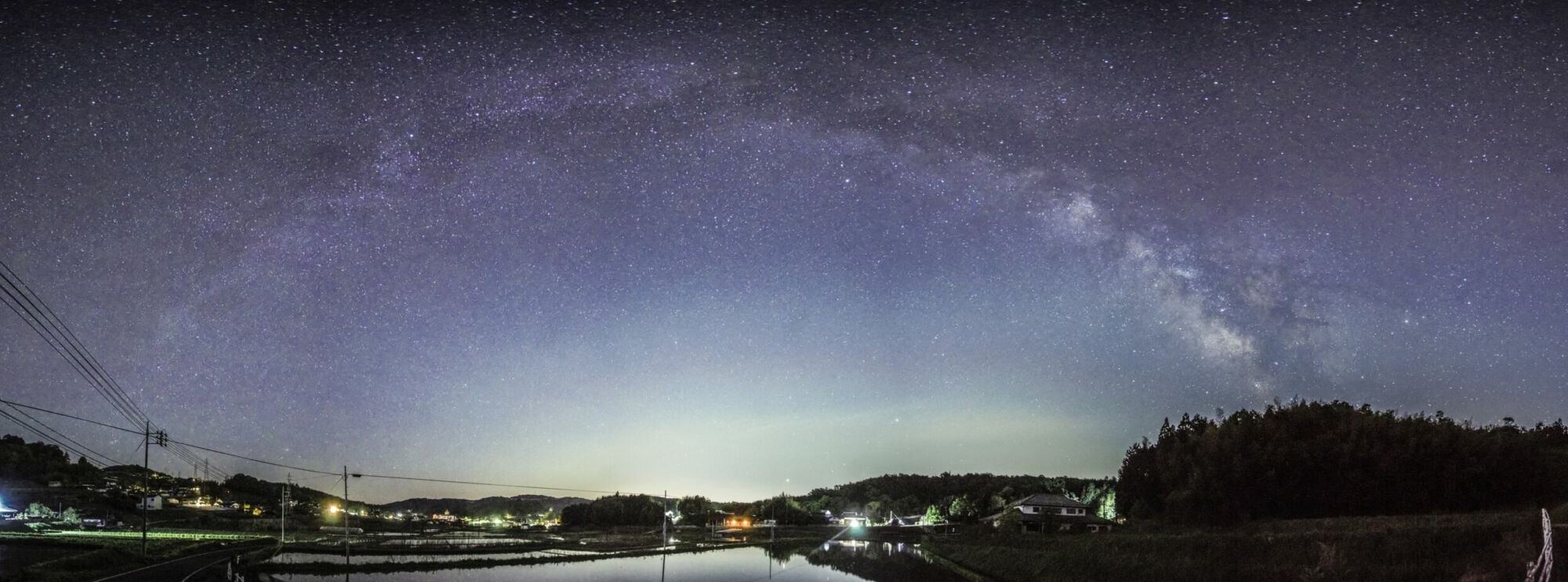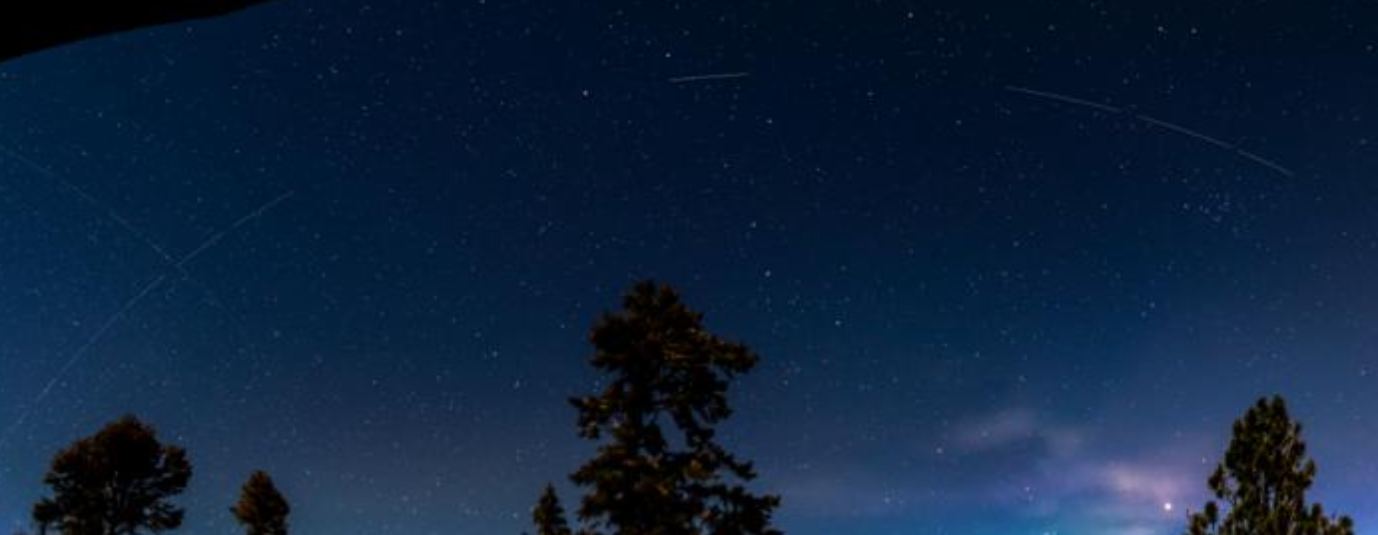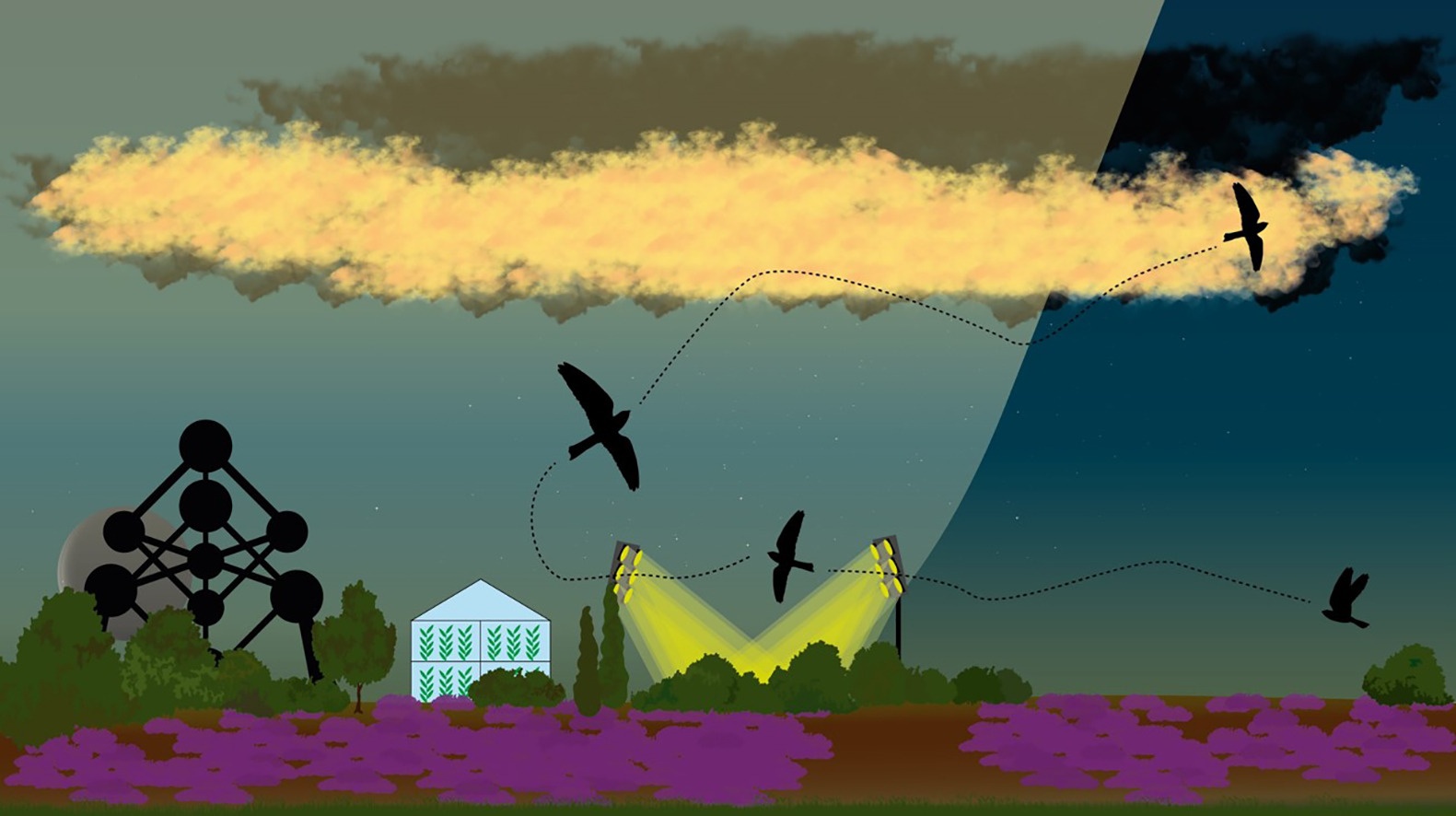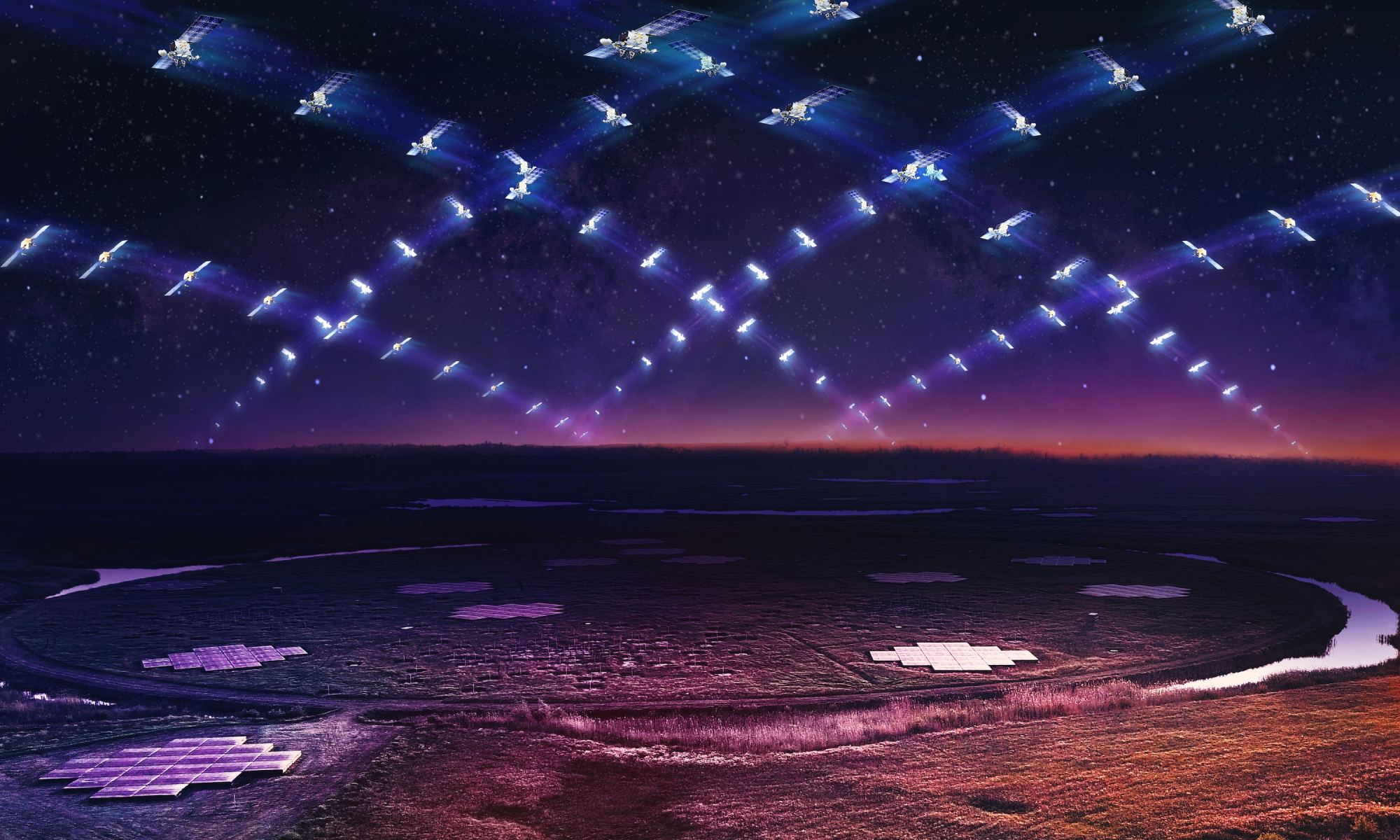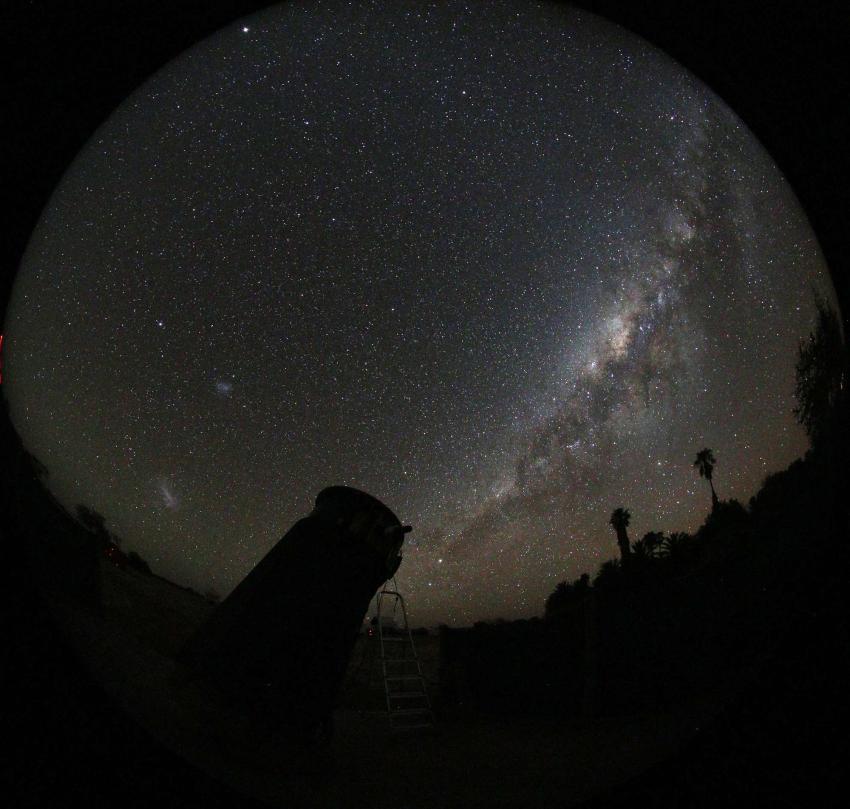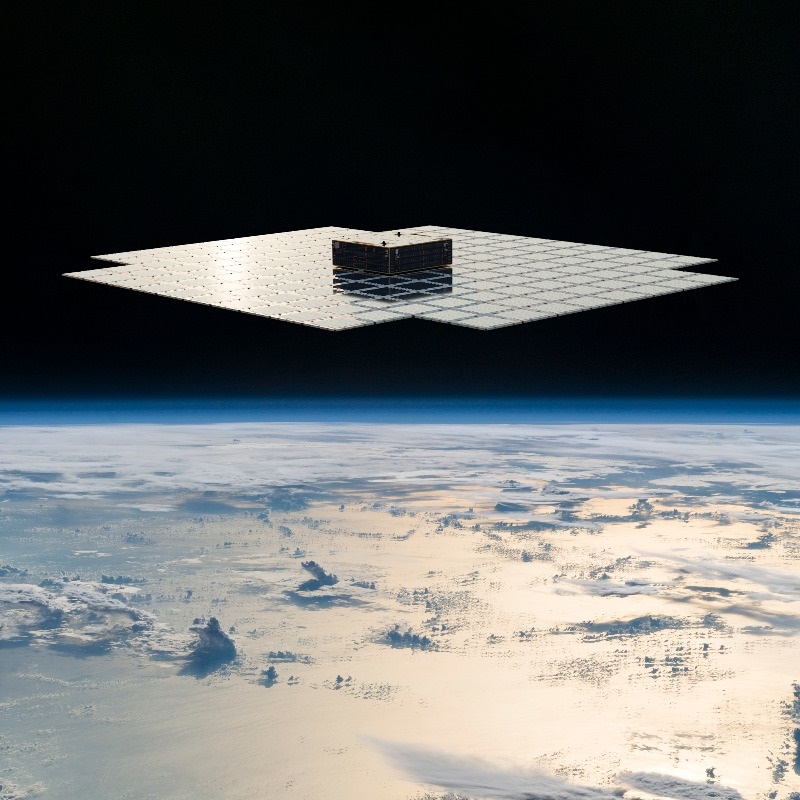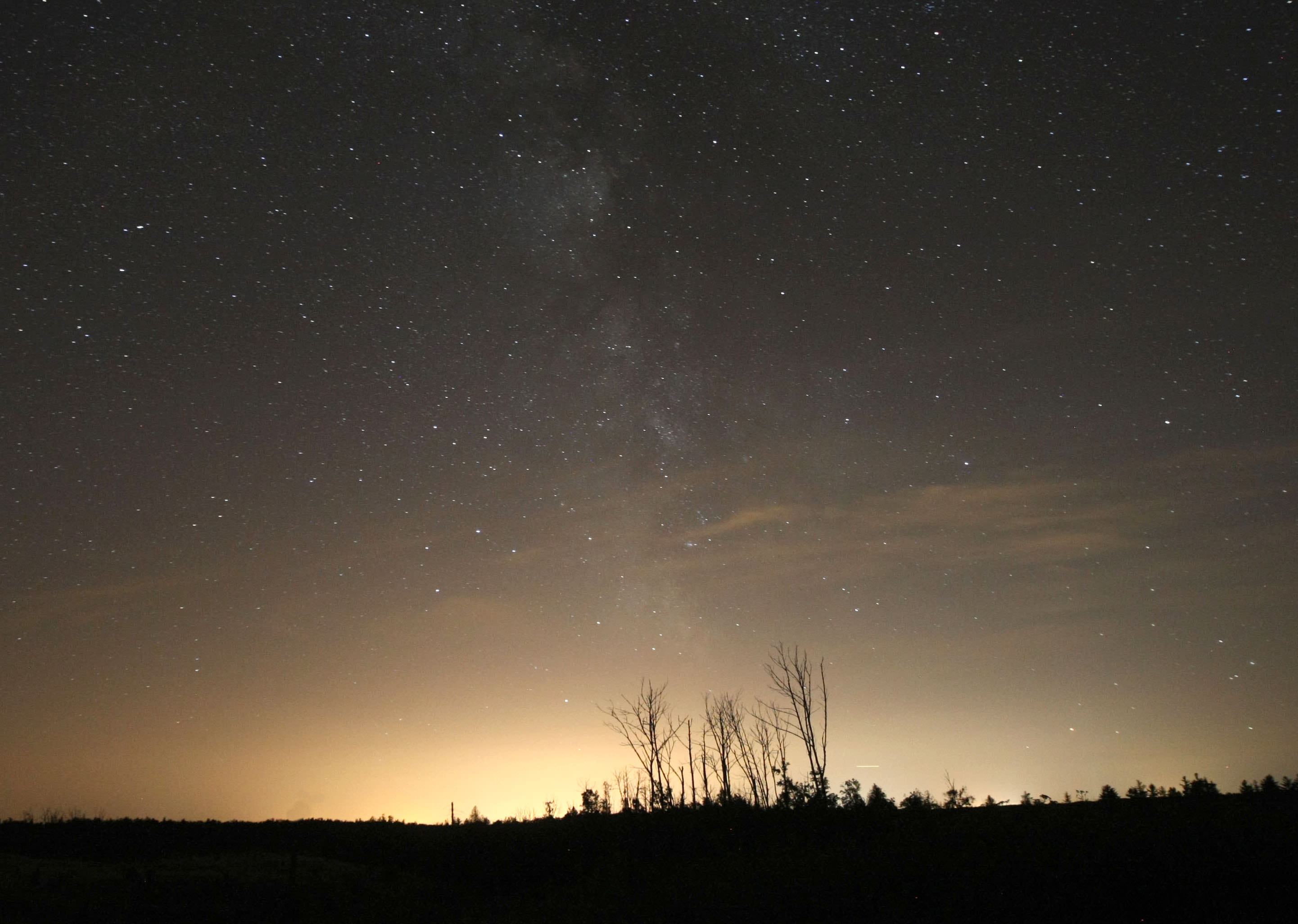The Vera Rubin Observatory (VRO) is different than other large telescopes, and that difference makes it more vulnerable to space junk. Other telescopes, like the Giant Magellan Telescope and the European Extremely Large Telescope, focus on distant objects. But the VRO’s job is to repeatedly image the entire available night sky for ten years, spotting transients and variable objects.
All that space junk can look like transient events, impairing the VRO’s vision and polluting its results.
Continue reading “Space Junk is Going to be a Problem for Vera Rubin”
